All About Rivers | Fun Facts and STEM Activities for Kids
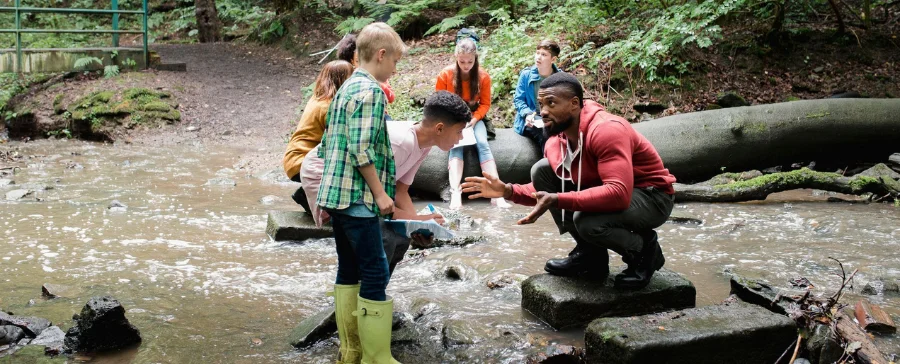
Have you ever wondered where a river starts or where it ends up? Or why some rivers are fast and others are slow and wide? In this post, we’ll take a close look at rivers and share some ideas for hands-on activities that kids can do to learn more about them. You’ll learn about different kinds of rivers, the plants and animals that live in them, and other fun facts about rivers too!
Key Takeaways
- Rivers form when water collects and moves from a higher elevation to a lower elevation because of gravity.
- All rivers have a beginning, middle, and end that we call the source, course, and mouth.
- Rivers are some of the most biodiverse places in the world. There are 3 different zones within the river ecosystem: the channel and bed, the bank (or “riparian zone”), and the floodplain.
- Many civilizations formed on rivers because they provide food and water along with transport for people and their goods.
- There are over 3 million rivers on Earth and over 165 major rivers. Examples of major rivers include the Nile, Mississippi, and Amazon.
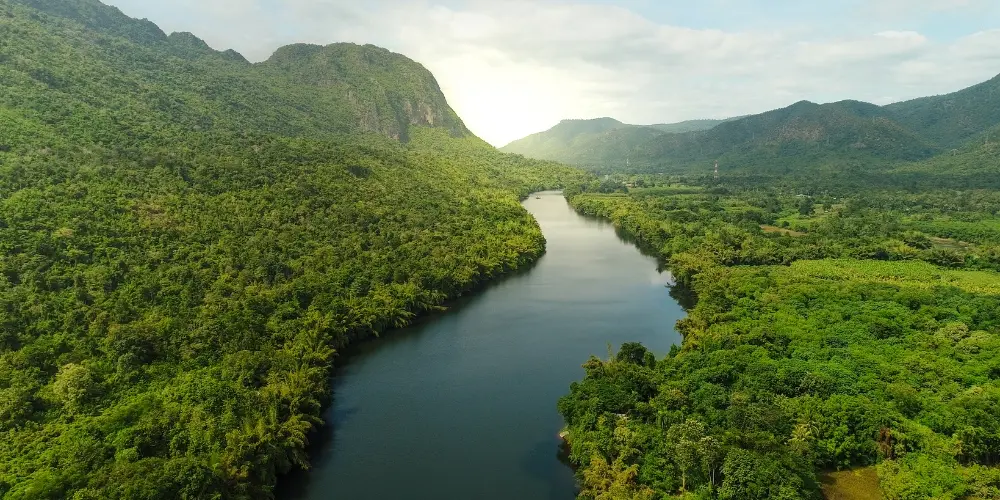
Formation and Types of Rivers
Have you ever seen water running down a hill and forming little streams? That’s how rivers start! Rivers begin when rainwater collects and starts flowing over the land. This can happen in mountains, hills, or even flat land. When lots of these small streams come together, they form a bigger stream, and eventually, a river.
Not all rivers are the same though. They come in many different shapes and sizes. Here are a few different types of rivers:
- Mountain Rivers: These rivers start high in the mountains. They’re usually fast and cold, rushing over rocks and through narrow valleys.
- Plains Rivers: These rivers flow through flat lands or plains. They’re slower and wider than mountain rivers, winding their way across the landscape. They’re like lazy rivers, they take their time to travel.
- Coastal Rivers: These rivers are found near the coast. They’re shorter than other rivers and are often affected by the tides of the ocean.
- Tributaries: These aren’t exactly a type of river, but they’re important. Tributaries are smaller rivers or streams that flow into bigger ones. Think of them as branches on a tree that each add more water to the main river.
Experiment: River Formation Model
Here’s a fun activity to see how rivers form: Take a tray and create a landscape with sand or soil, making hills and valleys. Then, prop one side of the tray up so it’s slanted. Pour water at the top and watch how it finds its way down, creating tiny rivers. This is just like what happens in nature!
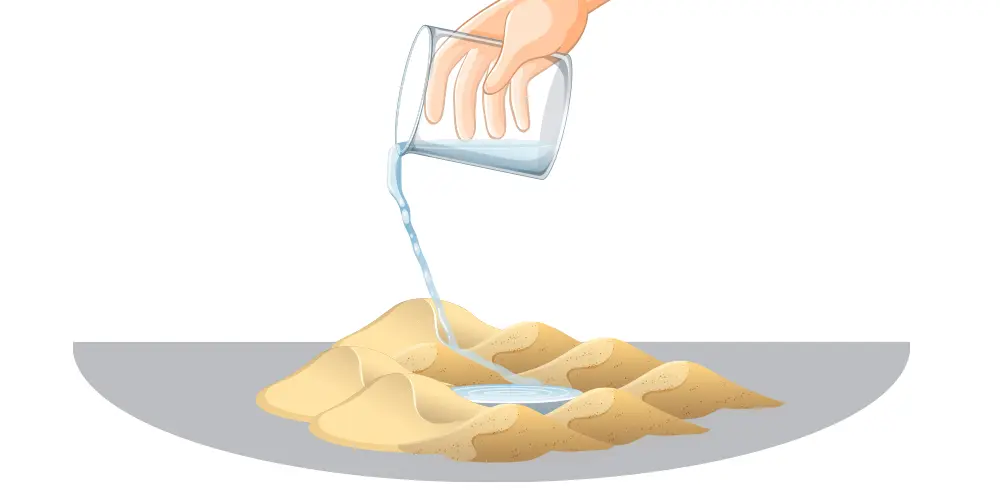
Parts of a River
Just like a story, rivers have a beginning, a middle, and an end.
- The Source (the beginning of a river): Every river has a starting point called the source. This could be a spring in the mountains, a small pond, or even a glacier. The source is like the beginning of a river’s story, where the water starts its journey.
- The Course (the middle of a river): As the river flows from its source, it travels across the land. This journey is called the course. During its course, the river might flow through forests, valleys, and even cities. Some parts of the river flow quickly, tumbling over rocks and creating rapids. Others flow slowly, meandering through fields and plains.
- The Mouth (the end of a river): The end of a river is called the mouth. This is where the river meets another body of water, like an ocean, a lake, or another river. The mouth is where the river’s journey ends, but it’s also where it brings all the water and nutrients it has collected along the way, helping to support a whole new ecosystem.
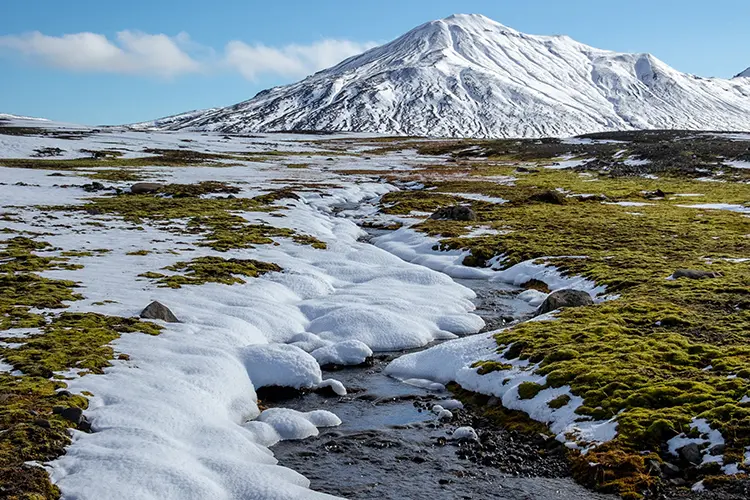
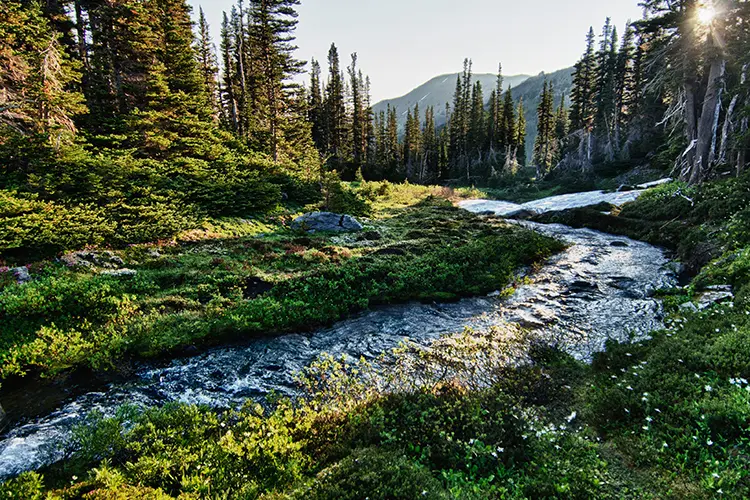

Hands-on Activities for Learning About the Parts of a River
The source, course, and mouth are the main parts of a river, but they have other parts too. There’s the riverbed, the riverbank, meanders, confluences, and more. Here are a few ideas for studying the parts of a river:
- Parts of a River Terms & Definitions Cards: Create a set of nomenclature cards or flashcards with the names and definitions of different river parts. You can include pictures or drawings of the different parts to help you remember what they are.
- 3D River Map: Make your own river model and label the parts. All you’ll need is a map of a river for inspiration, salt dough or clay, and some labels (and some paint if you want to make it pretty). Using salt dough, you can shape the source, course, and mouth of the river along with the shape of the land around it. You’ll get a feel for how rivers flow and change the landscape. It’s a great way to see how each part of a river comes together to form a complete system.
- In-person River Exploration: Go to a local river! Use your knowledge about the different parts of a river to determine whether you’re closer to the source or the mouth. Point out the bed and explore the bank. Notice if you can see it meandering (curving) and if it has any tributaries.
- Virtual River Exploration: Since many rivers span miles and miles, a virtual river exploration is the perfect way to see all the different parts of a river in a day. You can look one up on Youtube or you can check out the Parts of a River and More River Features lessons with a Learn Libre membership.
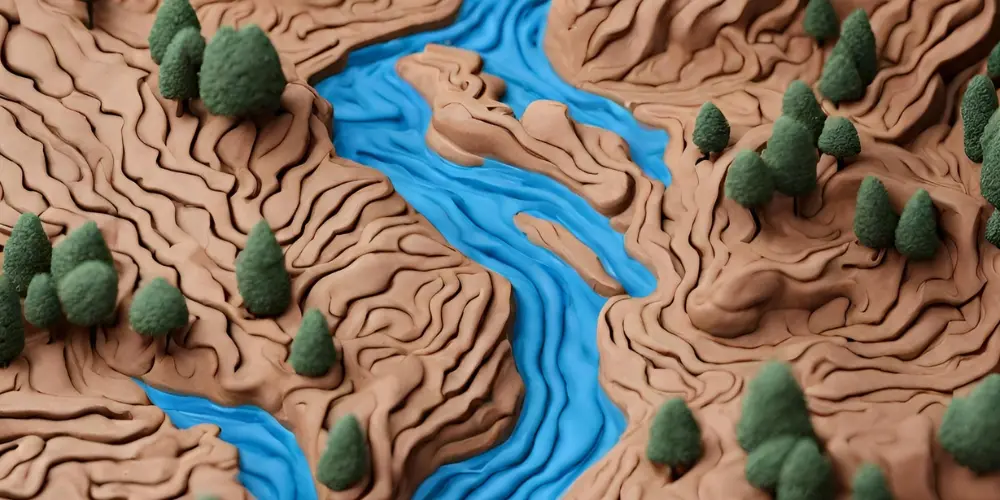
River Ecosystems
Rivers are not just flowing water; they are vibrant ecosystems bustling with life. In fact, rivers are the most biodiverse areas on the planet. In this section, we’ll talk about the different zones of the river ecosystem, and how you can create a field guide to study them.
The river ecosystem has 3 distinct parts:
- The Channel and the Riverbed: This is the river itself and the earth under it. Many aquatic creatures live or lay their eggs here. Other animals like birds and bears may hunt here. Moose also like to graze on the aquatic plants.
- The Riverbank: This is the sides of the river. It’s called the “riparian zone.” Plants like reeds and bushes grow here, and animals like frogs and birds might make homes.
- The Floodplains: These are flat areas around the river that can get flooded when the river’s water level rises. They have rich soil where lots of plants grow, and many animals come to eat. Sometimes they can stay soggy for a while a create a wetland.
One of the best ways to learn about river ecosystems is to observe them firsthand. Take a trip to a nearby river and spend some time watching the water and the surrounding areas. You might see birds like herons or kingfishers hunting for fish, ducks paddling along the surface, or even spot a beaver or otter if you’re lucky!
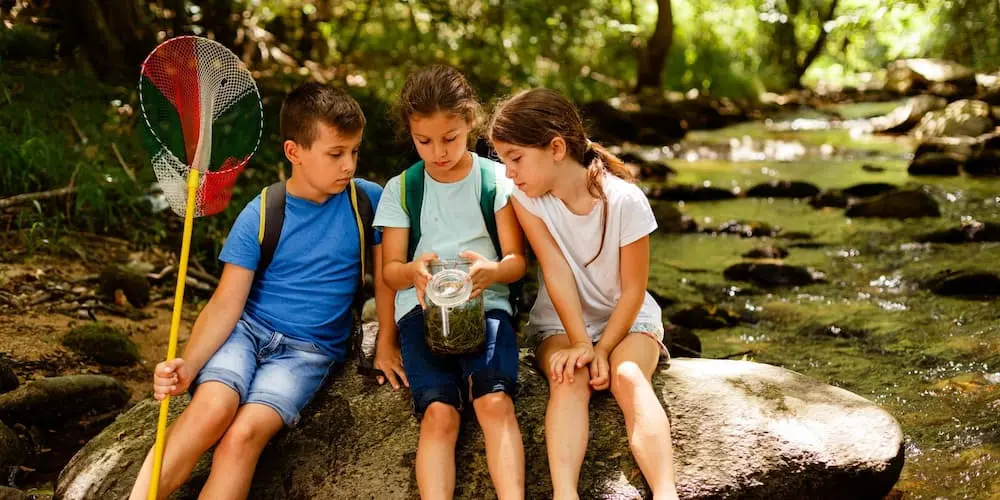
You might want to take notes and pictures of your observations while you’re at the river too. Then, you can use your notes to make a field guide later!
Make Your Own River Field Guide
A field guide is a book or digital resource designed to help identify and provide information about plants, animals, or other natural phenomena in their natural environment. Here are some sections you can include in your river field guide:
- Intro: Name of the river, where it’s located, and some cool facts about it.
- Maps/Drawings: Simple maps or drawings showing the river’s course, surrounding areas, and landmarks.
- Plants, Animals, and Other Living Things: Include descriptions and drawings/photos. The closer you look, the more you will find!
- Geology: Include details about the river’s physical features like how fast it’s flowing and the types of rocks or soil in the area.
- Human Impact: Do people fish, swim or boat on the river? Are there any trails or parks nearby? Is there any litter or other pollution?
- Glossary: Add any important terms relating to rivers that you think you should define. For example, the terms for the parts of a river.
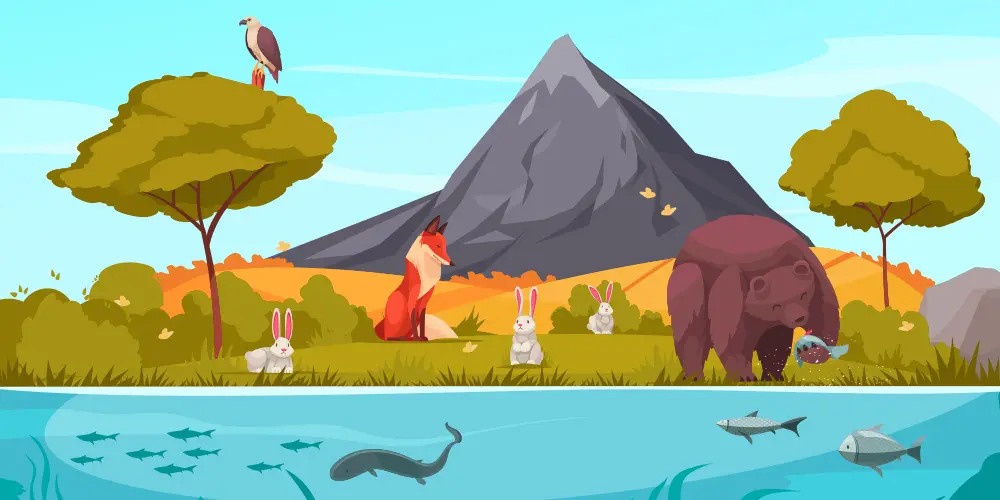
Rivers and Human Society
Since ancient times, people have settled near rivers. Rivers were like natural highways, making travel and trade easier. Many big cities we know today started as small settlements by a river. They were also important for farming, as the water from rivers made the land fertile.
Today, rivers are still very important. We use them for many things like getting water for our homes, watering crops, and even making electricity with hydroelectric power plants. Boats on rivers carry goods from one place to another too, just like they did in the past. Here are some major cities around the world and the major rivers that run through them:
- Cairo, Egypt on the Nile River
- Shanghai, China on the Yangtze River
- Budapest, Hungary on the Danube River
- Buenos Aires, Argentina on the Río de la Plata
Here’s a fun thought activity: try to think of a city that does not have a major river flowing through it!
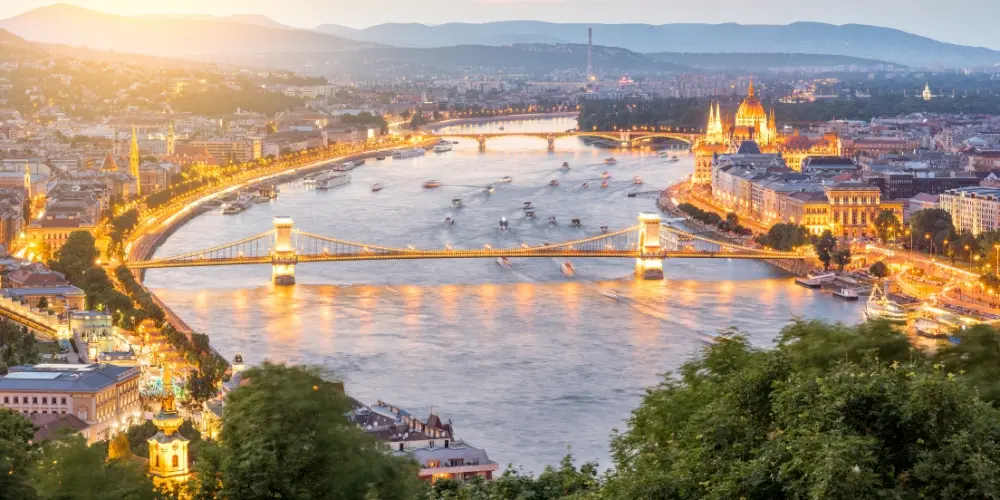
Famous Rivers Around the World
There are over 3 million rivers in the world and over 165 major rivers, but we’ll narrow it down to 3 of the mightiest ones. The rest will be perfect topics for research projects!
The Mighty Nile River

The Nile River is super long and stretches across northeastern Africa. It’s known as the longest river in the world and has been a lifeline for countries along its banks for thousands of years. Here are some interesting Nile River facts for kids:
- The Nile helped ancient Egyptians grow their food. Every year, it flooded and made the land around it really good for planting crops.
- The Nile River is about 4,130 miles long! That’s like traveling from one end of the United States to the other and back again.
- The Nile isn’t just one river – it’s made up of two rivers, the Blue Nile and the White Nile, which meet in Sudan.
The Vast Mississippi River

The Mississippi River is a big deal in North America. It flows from Minnesota all the way down to the Gulf of Mexico and has played a huge part in American history. Here are some interesting Mississippi River facts for kids:
- The Mississippi River and its tributaries create a huge network that’s like a watery highway system across half of America.
- The river is home to more than 260 species of fish, making it a super busy place for underwater life!
- The Mississippi River can be as deep as 200 feet. That’s about as tall as a 20-story building!
The Breathtaking Amazon River
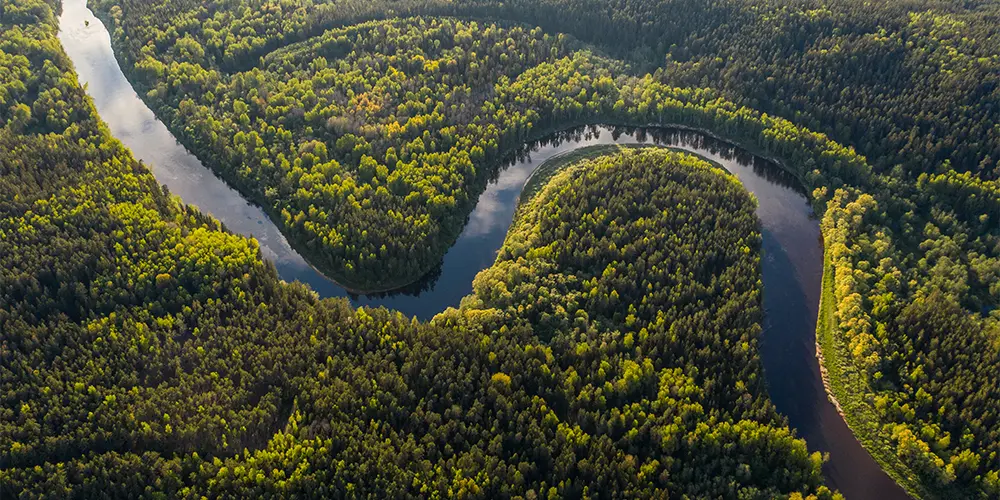
The Amazon River in South America is not just long, it’s also like a giant water hose – it has more water flowing in it than any other river! It runs right through the heart of the Amazon rainforest. Here are some interesting Amazon River facts for kids:
- The Amazon River runs through the biggest rainforest in the world.
- In this river, you can find all sorts of weird and wonderful animals, like pink dolphins and giant otters.
- The Amazon isn’t just one river, it has over 1,000 tributaries. That’s a lot of smaller rivers joining together!
Ideas for Teaching and Learning About Rivers
Here’s a recap of the different activities we shared throughout this article that you can use to teach and learn about rivers:
- Build a river model.
- Make nomenclature cards for the parts of a river.
- Create a 3D river map of a major world river or a river near where you live.
- Visit a river and observe the wildlife.
- Go on a virtual river tour.
- Make your own river field guide.
- Organize a river clean-up.
If you want a little more direction, the following lessons on rivers are available with a Learn Libre membership.
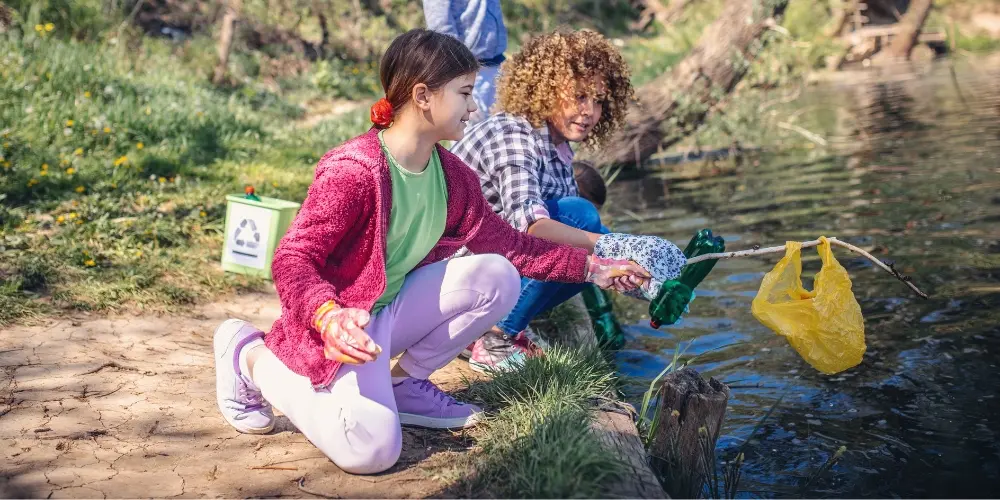
Responses